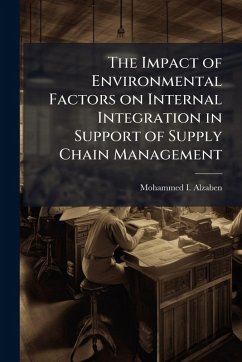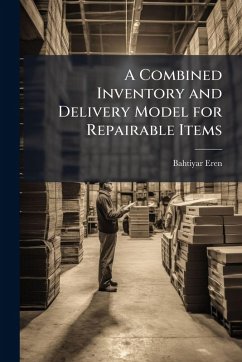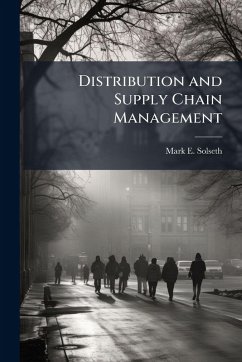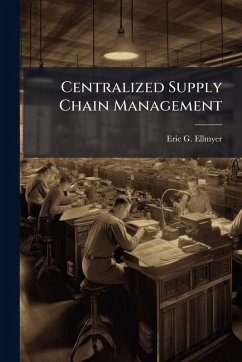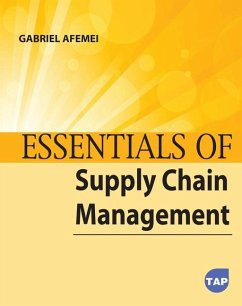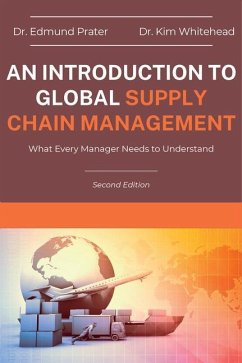
Delivery Time Variance Reduction in the Military Supply Chain

PAYBACK Punkte
9 °P sammeln!
USTRANSCOM is currently responsible for the daily shipment of supplies to forward operating bases throughout Afghanistan. Aerial cargo shipments are an important method used to quickly deliver items that are needed immediately. Currently delivery times vary greatly. This variation causes confidence in on-time deliveries to decrease. As a result shipments are demanded early and often, causing bottlenecks in the transportation system and fewer on-time deliveries. This paper analyzes data gathered through the global transportation network to determine shipment characteristics that cause the great...
USTRANSCOM is currently responsible for the daily shipment of supplies to forward operating bases throughout Afghanistan. Aerial cargo shipments are an important method used to quickly deliver items that are needed immediately. Currently delivery times vary greatly. This variation causes confidence in on-time deliveries to decrease. As a result shipments are demanded early and often, causing bottlenecks in the transportation system and fewer on-time deliveries. This paper analyzes data gathered through the global transportation network to determine shipment characteristics that cause the greatest amount of delivery time variance. A simulation is developed using ARENA that models cargo shipments into aerial ports in Afghanistan. Design experiments and a simulation optimizer, OptQuest, are used to determine most effective methods of reducing delivery time variance at individual aerial ports in Afghanistan as well as the system as a whole. The results indicate that adjustments in port hold times can decrease the overall delivery time variance in the system. This work has been selected by scholars as being culturally important, and is part of the knowledge base of civilization as we know it. This work was reproduced from the original artifact, and remains as true to the original work as possible. Therefore, you will see the original copyright references, library stamps (as most of these works have been housed in our most important libraries around the world), and other notations in the work. This work is in the public domain in the United States of America, and possibly other nations. Within the United States, you may freely copy and distribute this work, as no entity (individual or corporate) has a copyright on the body of the work. As a reproduction of a historical artifact, this work may contain missing or blurred pages, poor pictures, errant marks, etc. Scholars believe, and we concur, that this work is important enough to be preserved, reproduced, and made generally available to the public. We appreciate your support of the preservation process, and thank you for being an important part of keeping this knowledge alive and relevant.



